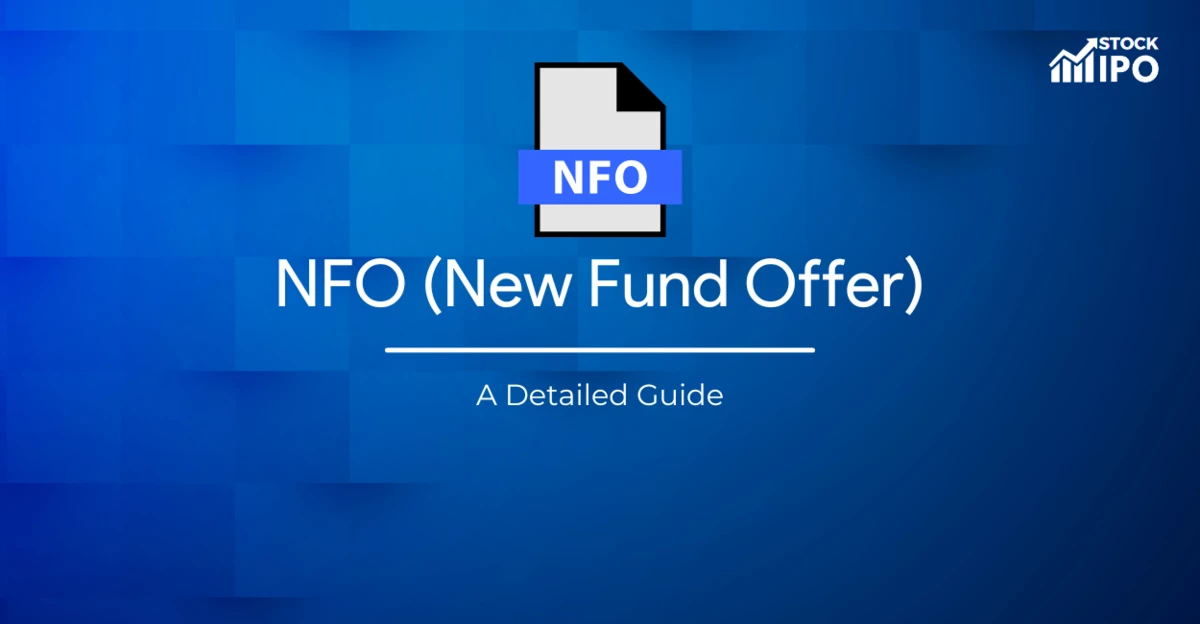An Initial Public Offering (IPO) is the first step of a company in the Indian Stock Market. With the Securities Exchange Board of India (SEBI) governing all the transactions relating to numerous financial securities taking place in two major stock exchanges namely, the BSE and the NSE, every company lists itself with them to reach the maximum investors possible. The complete process of introducing an IPO mainly involves the steps of Appointing an Investment Banking Firm; Filling Papers for the IPO; Determining the price per share and bidding dates (after the approval by SEBI); Allotment based on subscriptions; and lastly, Listing in the Exchange(s).
Out of all the steps mentioned above, the only step that can be tracked by the bidder of the IPO is the allotment. Allotment refers to the allocation of the total number of equity shares that are proposed to be bought for bids received. An IPO can either be fully subscribed, undersubscribed or oversubscribed. In all these cases, allotment is done differently. To understand this properly, let us take an example. Suppose a company XYZ has introduced an IPO of 1,00,000 equity shares, then the allotment would be in the following manner for different situations:
- Fully Subscribed IPO: In case the IPO is fully subscribed, it means that company XYZ has received bids for exactly 1,00,000 shares. So, in this case, the allotment will be on a 1:1 basis.
- Under Subscribed IPO: In the case of under subscription, company XYZ has received bids for, say 70,000 shares. In this case, as well, the bidders will get what they have bid for.
- Over Subscribed IPO: In the case of oversubscription, we can further divide it into two parts: Small Oversubscription and Big Oversubscription. In Small Oversubscription, assume the bids are for 1,20,000 shares. In such a scenario, the margin is very small, and thus for every 12 shares, the bidder will receive 10 shares. The allotment is on a pro-rata basis of 12:10. In case of big oversubscription, suppose the bids are for 2,00,000 shares, then the allotment will be on a lucky draw basis.
In all the cases mentioned above, an investor’s prime concern is the allotment status of his/her bid. Therefore, SEBI has allowed the bidder to track the IPO allotment status. So, to help you out, we have listed down the various ways to track the status of the allotment of an IPO.
Ways to track IPO Allotment Status
The allotment status of an IPO can be tracked in two different ways, (i) Either by visiting NSE/BSE website; or (ii) by visiting the registrar’s website.
1. By Visiting NSE/BSE Website
The first way to track the IPO allotment status is by visiting the stock exchanges’ official website. All the IPOs are listed in either NSE or BSE and therefore their allotment status can be tracked on their websites.
BSE Website: The following steps are to be taken to check the status on the BSE official website:
Step 1: Visit the BSE website at https://www.bseindia.com/ and go under the ‘Investor Services’ tab. Under this tab, select the ‘Application Status Check’ option or directly visit the link https://www.bseindia.com/investors/appli_check.aspx
Step 2: On the page, select the Issue Type and then select the Issuer Name from the dropdown menu.
Step 3: Enter the Application Number and PAN of the applicant.
Step 4: Verify the captcha and click on the Search button.
The page that appears next shows all the information regarding the provided application number provided.
NSE Website: The following steps are to be taken to track the allotment status on the NSE official website:
Step 1: Visit the NSE website at https://www.nseindia.com/ and register yourself as an investor by providing your PAN details.
Step 2: Verify your account and as soon as you do it, it will show all the current invested bids and their allotment status.
2. By Visiting Registrar’s Website
The other way to check the allotment status of an applied IPO is by visiting the registrar’s website. The registry-related tasks of all the IPOs in India are mainly assigned to either KFintech Limited or Link Intime India Limited. Since they are responsible for the allotment process of all the assigned IPOs, they also provide the facility to check the allotment status for an applied IPO to the bidders.
KFintech Limited Website: The following steps are to be followed to track the status of the allotment of an IPO on the KFintech official website:
Step 1: The user has to visit the link https://ris.kfintech.com/ipostatus/. There you can find 5 links to track the status of the allotment. Click on any of the links and let the webpage open.
Step 2: Once the webpage has loaded, select the name of IPO from the dropdown menu.
Step 3: Then select the type of credential with which you want to track your application. The options available are Application Number or DPID/Client ID or PAN.
Step 4: Select the application type whether ASBA or Non-ASBA.
Step 5: Fill in the selected credential. Then verify the captcha and click on the Submit button.
The webpage that appears next on the screen shows all the information related to the provided credential for the IPO.
Link Intime Website: The following steps are to be followed to check the status of the allotment of an IPO on the Link Intime India website:
Step 1: Visit the official website of Link Intime India Limited by visiting the link https://www.linkintime.co.in/
Step 2: Under the Investor Services Tab, click on Public Issue.
Step 3: On the webpage presented, select the credential by which you want to track the status. The options available are: PAN or Application Number or the DP Client ID
Step 4: Select the IPO name and fill in the credential selected.
Step 5: Click on the Search Button.
The next webpage shows all the details regarding the allotment status of the given credential.
Final Words
The above-stated methods are the two ways by which a bidder can track the status of the allotment of an IPO. In this situation when an IPO is launched almost every week, there is a need to develop a facility to track the application status of all the IPOs applied by an investor, and with the rapid digitization, this facility available over the internet has significantly reduced the hassle of checking the status. We hope that the information provided helps you. Until then, Happy Investing!






